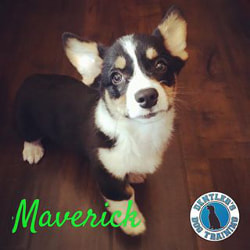 Maverick already knew how to Sit with a verbal cue, so we just added a hand signal to go with it. We then taught him how to Down. Now imagine a 13-week old Corgi and how low to the ground he is. His legs are literally 3 inches long. But we took our time and by the end of our session he was lying down on cue with no problems at all.  TIP #1: IT'S ALL IN YOUR DOGS EYES Teaching our dogs to look at us is important for training; if we have their attention, we can get them to work with us. If we can keep their attention, we can keep them working with us even in the face of distractions. These things are big accomplishments, but the value of teaching eye contact is even bigger! - Whole Dog Journal TIP #2: THREE TIPS FOR SUCCESSFUL TRAINING AROUND DISTRACTIONS When your dog is successful, reward your dog with the "two-treat method":
Don't worry if your dog fails. Failure is a natural part of learning. Remain calm and resist the urge to yell "no" or physically move your dog around. Instead, follow this procedure:
If your dog fails three times in a row, stop. The task is too hard for your dog. Go back to the previous step or find a way to make it easier for your dog. Ask yourself the following questions:
Each training session should be 5 minutes long OR LESS. Training should be fun, so don't keep going unless both you and your dog are enjoying it. You can repeat a lesson up to (but no more than) three times in a day. Ten minutes a day is an excellent target. Each training session should focus on one behavior only. If you'd like to work on another behavior, do so in separate training sessions. Each lesson should be repeated until your dog is successful at least 80% of the time. In addition, your dog should be bright and eager to train. If she's not having fun, that training session has not been successful, no matter how well she performed! - excerpted from Beyond the Backyard 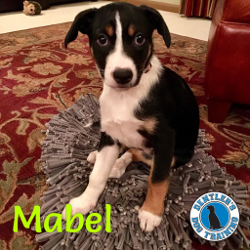 Teaching Leave It is a practical and possibly life saving cue that every dog should know. Mabel picked it up very quickly and was giving us solid eye contact with food on the floor just inches away. She also learned how to Drop It so she will happily give us something when asked. 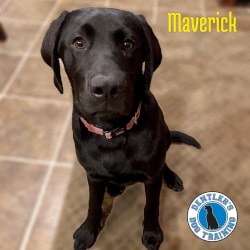 Maverick is a 12-week old Pembroke Welsh Corgi. We are going to have fun teaching this little guy his manners as well as socializing him to the great big world. 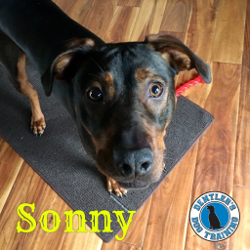 Today we taught Sonny how to Drop It and Leave It. We taught drop it using his tug toy, which he happily did so we could resume playing. We then used food and items like paper towels to teach Sonny not to pick things up. Leave It comes in handy this time of year with all the decorations people have out.  TIP #1: WHAT'S THE DEAL WITH THE JUMPING? A classic culture clash example is greeting rituals: in most human cultures, we shake hands or bow. In dog culture, they buzz around excitedly, lick and sniff each other. Greeting may become exaggerated when dogs live with humans because we're vertical: the dog wants to get at our face. We also tend to let tiny puppies get away with it and then change the rules when they grow larger. The main reason dogs jump is that no one has taught them to do otherwise. I'm not talking about punishments like kneeing dogs, pinching their feet or cutting off their air with a strangle collar. This sort of abuse has been the prevailing "treatment" but is inhumane and laden with side-effects. Imagine yourself being kneed in the diaphragm or pushed over backwards for smiling or extending your hand in friendship. It's not the fault of dogs that their cultural norm is at odds with our greeting preferences. The key to training dogs not to jump up is to strongly train an alternative behavior that is mutually exclusive to jumping. The dog cannot jump up and sit at the same time. Nor can he dig through walls while working on a chew toy, lie on a mat and annoy dinner guests, or hold eye contact while chasing cars. The applications of this technique - DRI (differential reinforcement of an in compatible behavior, or "operant counterconditioning") - are limitless. - Excerpted from The Culture Clash TIP #2: COULD IT BE HIP DYSPLASIA? A lot of puppies - especially big, gangly ones - have a clumsy, bumbling gait, and this does not mean they have hip dysplasia. If your puppy had a hip dysplasia, you might notice that she limps sometimes, especially after strenuous exercise. You might hear or feel her hips "click" in and out, or notice that she stands and walks with her hocks or hind feet very close together. You might notice her struggling to push herself up into a standing position when she's lying down, or she might have trouble climbing stairs. The way vets assess a puppy for hip dysplasia is by looking for a limp as the puppy walks and runs, then checking whether the hip can easily be pushed out of position in the socket (this feels like a "click" and is called the Ortolani sign). If there's a suspicion of a problem - or if owners simply want more information - x-rays can be taken to check for hip dysplasia. Although a six-month-old puppy whose hips looked normal on plain x-rays might still develop hip dysplasia later, signs of the disease are often visible at this age. If you have a puppy of a breed that is known to have a high incidence of hip dysplasia, ask your vet to evaluate the puppy for hip dysplasia. If her hips are normal, you'll be reassured, and if they are abnormal, you'll have surgical options for correcting the problem before arthritis sets in. - Excerpted from Complete Healthy Dog Handbook 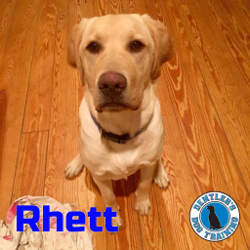 Down that path is where Rhett is let off leash to run in a field, so he usually pulls in excitement. But with the proper harness and reinforcers he learned that being around us and paying attention to us was a better option. This loose leash walking was taught in about 15 minutes. Our final session with Baxter and Chevy was a socialization outing to Lowe's. It was
crowded with holiday shoppers and, while excited when they first arrived, they both settled down and handled the crowds very well. Here are the 6-month olds showing off their skills. |
AuthorJeff Dentler, CPDT-KA, IAABC-ADT, FFCP, CTDI Archives
July 2024
Categories |

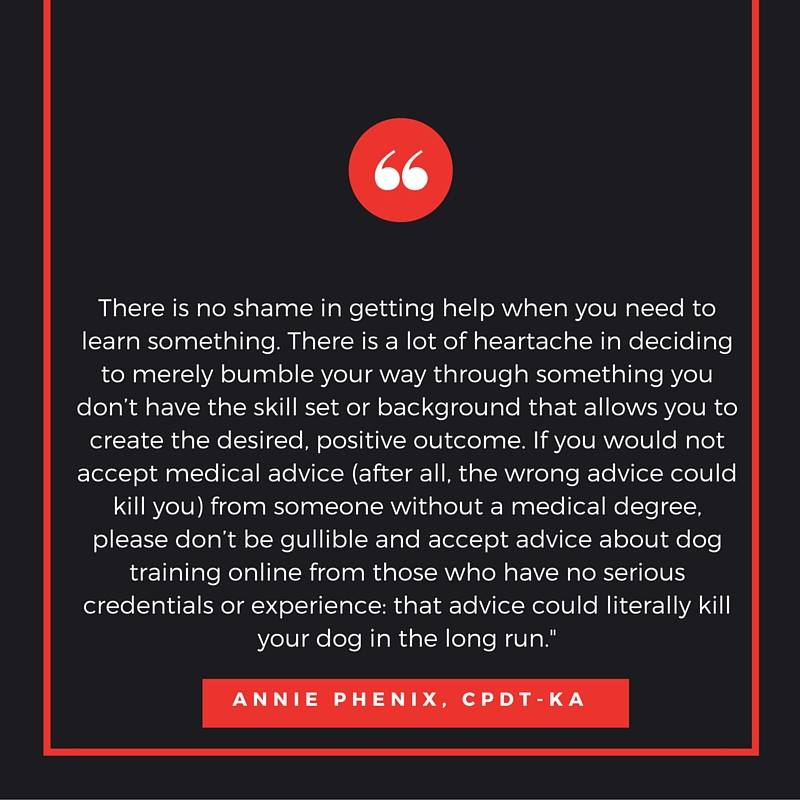
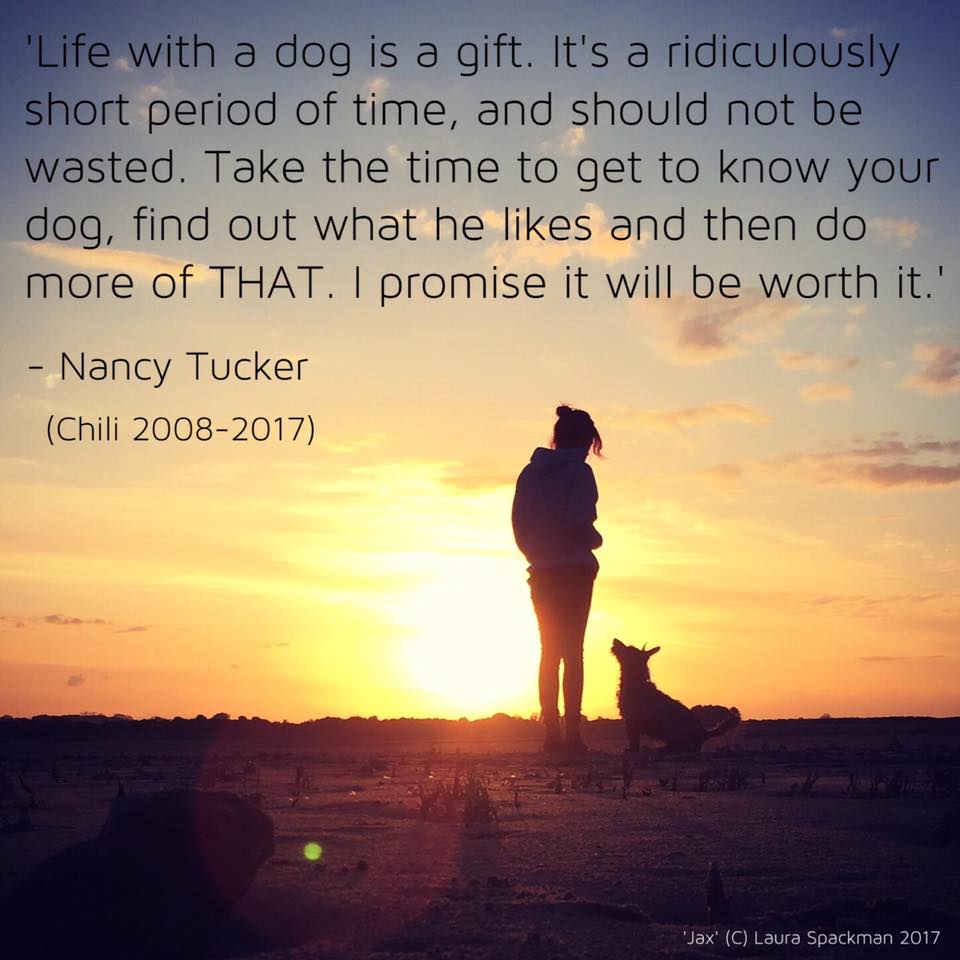

 RSS Feed
RSS Feed